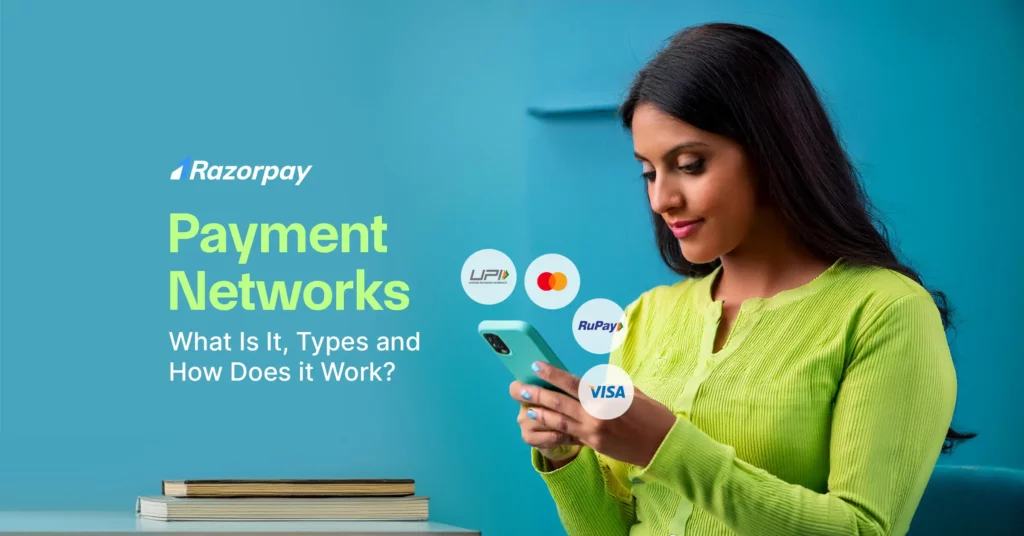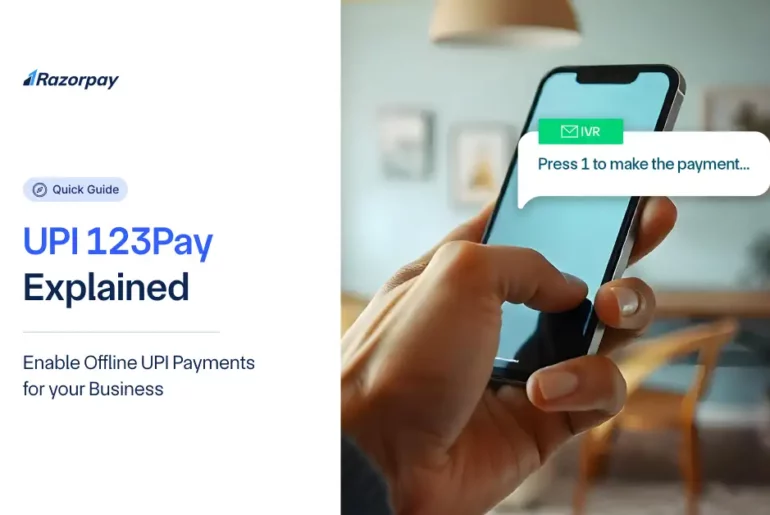Payment networks are the backbone of modern commerce, facilitating the seamless exchange of value between businesses and consumers. Understanding these complex systems is crucial for businesses of all sizes, as they directly impact cash flow, revenue, and customer experience. This article explores the fundamental concepts of payment networks, their key players, and the role they play in the global economy.
Table of Contents
What is a Payment Network?
A payment network is a system that processes electronic payments between consumers, businesses, and financial institutions. By connecting merchants, banks, and card issuers, it enables seamless processing of credit, debit, and other electronic transactions. These networks act as intermediaries, ensuring secure and efficient transfer of funds.
Common payment networks include SWIFT, which facilitates international bank transfers, and blockchain-based systems, known for offering decentralized and transparent transaction ledgers. Other examples include contactless payment technologies like mobile wallets (e.g., Apple Pay, Google Pay) and traditional networks such as Visa and Mastercard, which are widely used for credit and debit card transactions.
Types of Payment Networks
1) Credit Card Networks
They are categorized into open and closed systems. The former include Visa and Mastercard, which allows third-party financial institutions to issue credit cards for online card payment. Closed networks include American Express and Discover, which issue cards directly to consumers. These networks facilitate transactions by connecting cardholders, merchants, and banks, ensuring the authorization, clearing, and settlement of funds. Globally,
- Visa leads with a 52.60% market share,
- Visa is followed by Mastercard at 23.70%.
- American Express holds 19.60%, and
- Discover has 4.00%
2) Electronic Funds Transfer (EFT)
EFTs are instrumental in electronic money transfers. EFT networks operate by using secure, computer-based systems. When a transaction is initiated, the network verifies the details. It facilitates the transfer of funds from one account to another, often in real time or within a few business days.
EFT’s include Automated Clearing House (ACH), which handles bulk transactions like payroll deposits; wire transfers, known for immediate fund transfers often used for high-value or urgent transactions; and the Clearing House Interbank Payments System (CHIPS), which processes large-volume payments between financial institutions. EFTs support direct deposits, bill payments, and large-value transfers.
Internationally, networks like Clearing House Automated Payment System (CHAPS) (for UK-based transactions), Bankers Automated Clearing Services (BACs) in the UK, Single Euro Payments Area (SEPA) in Europe, System for Transfer of Financial Messages (SPFS) in Russia, and Cross-border Interbank Payment System (CIPS) in China play a pivotal role in cross-border transfers, each with its own set of regulations and operating procedures.
3) Peer-to-Peer (P2P) Payment Networks
P2P networks enable individuals to send and receive money directly from one another. Some examples of P2P networks include Venmo, PayPal, and Zelle. Cheques and physical cash are not required to transfer funds via this method.
When a user initiates a payment, the P2P network processes the transaction to debit the sender’s account and credit the recipient’s. This is often done through a simple interface where users can send money using an email address or phone number associated with the recipient’s account.
P2P networks support bank transfers, credit and debit cards, and sometimes even cryptocurrencies. They play a significant role in both business and personal finance by facilitating quick payments for services, splitting bills, or sending gifts, making financial interactions more convenient and accessible.
4) ATM Networks
ATMs provide customers with round-the-clock access to banking services. These networks can be specific to a bank or part of interbank networks. ATMs help with cash withdrawals, deposits, and other banking transactions. Major global ATM networks include PLUS and Cirrus, while regional networks examples include:
- Africa: Interswitch (Nigeria) and SASWITCH (South Africa)
- Asia: National Financial Switch (India) and China UnionPay
- Middle East: Shetab (Iran)
- Europe: Euronet, LINK (UK), and Girocard (Germany).
- North America: Allpoint, MoneyPass, and STAR.
- South America: Banelco (Argentina) and Redeban Multicolor (Colombia).
How Does Payment Network Work?
The typical flow of a payment transaction through a network involves several key steps:
1. Initiation of Transaction
When a customer initiates a transaction, whether online or in-store, the payment network is activated. This process starts with the customer providing payment details, typically through a credit card, debit card, mobile wallet, or other electronic payment methods.
2. Authorization Request
The payment terminal or gateway sends an authorization request to the payment processor, which forwards it to the card network (such as Visa or Mastercard). The card network then routes the request to the issuing bank (the bank that issued the customer’s card) to verify whether the transaction can be approved based on the available funds and other factors like fraud detection.
3. Verification and Approval
The issuing bank checks the cardholder’s account to ensure sufficient funds are available and performs a security check to identify any potential fraudulent activity. If everything is in order, the issuing bank sends an approval code back through the payment network, ultimately reaching the merchant’s payment gateway.
4. Transaction Completion
Once the merchant receives the approval, the transaction is completed, and the customer receives a confirmation, either in the form of a receipt or an on-screen message. At this stage, the funds are placed on hold in the customer’s account but have not yet been transferred to the merchant.
5. Settlement Process
At the end of the business day, the merchant sends a batch of approved transactions to the payment processor for settlement. The payment processor forwards these transactions through the card network to the respective issuing banks. The issuing banks then transfer the funds to the acquiring bank (the merchant’s bank), minus any fees, completing the settlement process.
6. Fund Transfer
Finally, the acquiring bank deposits the funds into the merchant’s account, typically within one to two business days, depending on the processing time and the payment network used.
7. Role of Intermediaries
Throughout this process, various intermediaries, such as payment processors, acquirers, and networks, work together to ensure the transaction is secure, compliant with regulations, and processed in a timely manner.
Benefits of Payment Networks
1. Convenience and Speed
Payment networks streamline transactions, offering instant processing and easy access to funds, which are crucial for consumers and businesses today.
2. Security Measures
These networks employ advanced encryption and fraud detection algorithms to safeguard sensitive financial data, providing peace of mind for all parties involved.
3. Wider Reach and Acceptance
Payment networks facilitate global commerce by being widely accepted both online and in physical stores, expanding the market reach for businesses and shopping options for consumers.
4. Economies of Scale
By processing a high volume of transactions, networks can achieve cost efficiencies, leading to lower transaction fees.
5. Innovation
Payment networks continually develop new technologies and services to enhance the user experience.
Challenges and Risks of Payment Networks
Fraud and Security Threats
Payment networks are constantly under threat from cybercriminals seeking to exploit vulnerabilities. These threats include:
- Data breaches: Exposing sensitive customer information.
- Unauthorized transactions: Fraudulent use of stolen payment credentials.
- Chargebacks: Disputes over transaction legitimacy that can harm merchants.
To mitigate these risks, payment networks employ advanced security measures such as encryption, tokenization, and fraud detection systems.
Transaction Fees
Payment networks generate revenue through transaction fees charged to merchants. These fees can impact the profitability of businesses, especially small merchants. The balance between providing value-added services and maintaining reasonable fees is a critical challenge for payment networks.
Regulatory Compliance
Payment networks operate within a complex regulatory environment, subject to rules and regulations from multiple jurisdictions. Compliance with anti-money laundering (AML), counter-terrorism financing (CTF), and data privacy laws is essential. Staying updated with evolving regulations is a significant challenge for payment network operators.
The Future of Payment Networks
Payment networks are undergoing rapid transformation, driven by technological advancements and changing consumer preferences.
Contactless Payments
The rise of contactless payments, enabled by Near Field Communication (NFC) technology, has revolutionized the payment landscape. This method offers speed, convenience, and enhanced security by eliminating the need for physical contact. A study by Mastercard found that contactless payments grew by 40% in 2022, indicating a strong consumer preference for this payment method.
Mobile Payments and Digital Wallets
Mobile devices have become ubiquitous payment gateways, with digital wallets offering secure and convenient storage of payment information. According to a report by Statista, the global mobile payment volume is projected to reach $3 trillion by 2025.
Open Banking and API Integration
Open banking initiatives are breaking down traditional banking silos, allowing third-party providers to access customer financial data with consent. This fosters innovation and competition, leading to new payment products and services.
Central Bank Digital Currencies (CBDCs)
The emergence of Central Bank Digital Currencies (CBDCs) has the potential to reshape the global payment landscape. These digital currencies, issued by central banks, could offer greater efficiency, financial inclusion, and control over monetary policy. While still in its early stages, countries like China and Bahamas are at the forefront of CBDC development.
These trends collectively shape the future of payment networks, promising faster, more secure, and inclusive payment experiences for consumers and businesses alike.
Conclusion
Payment networks are the backbone of financial transactions. They connect individuals, businesses, and institutions worldwide. With various types of networks, such as credit card, EFT, P2P, and ATM networks, each offering unique functions and benefits, businesses must choose wisely based on their needs. Remember, as technology evolves, the future of payment networks promises even greater convenience, security, and innovation.
Frequently Asked Questions (FAQs)
1. What is an example of a payment network?
Visa and Mastercard are prime examples of payment networks facilitating electronic funds transfers worldwide, connecting financial institutions, merchants, and consumers.
2. What is the role of a payment network?
A payment network acts as a bridge, enabling transactions between buyers and sellers by processing payments and ensuring secure fund transfers.
3. Is UPI a payment network?
Yes, the Unified Payments Interface (UPI) is a payment network in India that allows instant money transfers and merchant payments via mobile.
4. How do payment networks ensure the security of financial transactions?
Payment networks protect transactions using multiple layers of security, including tokenisation, real-time monitoring, and secure authentication protocols.
5. What types of transactions are facilitated by payment networks?
They handle various transactions, including point-of-sale purchases, online shopping, bill payments, and peer-to-peer transfers.
6. Are there any fees associated with using payment networks?
Yes, payment networks may charge fees for their services, including transaction, merchant, or currency conversion fees.
7. Can payment networks accommodate international transactions?
Payment networks are designed to support cross-border transactions, enabling global trade and commerce.



